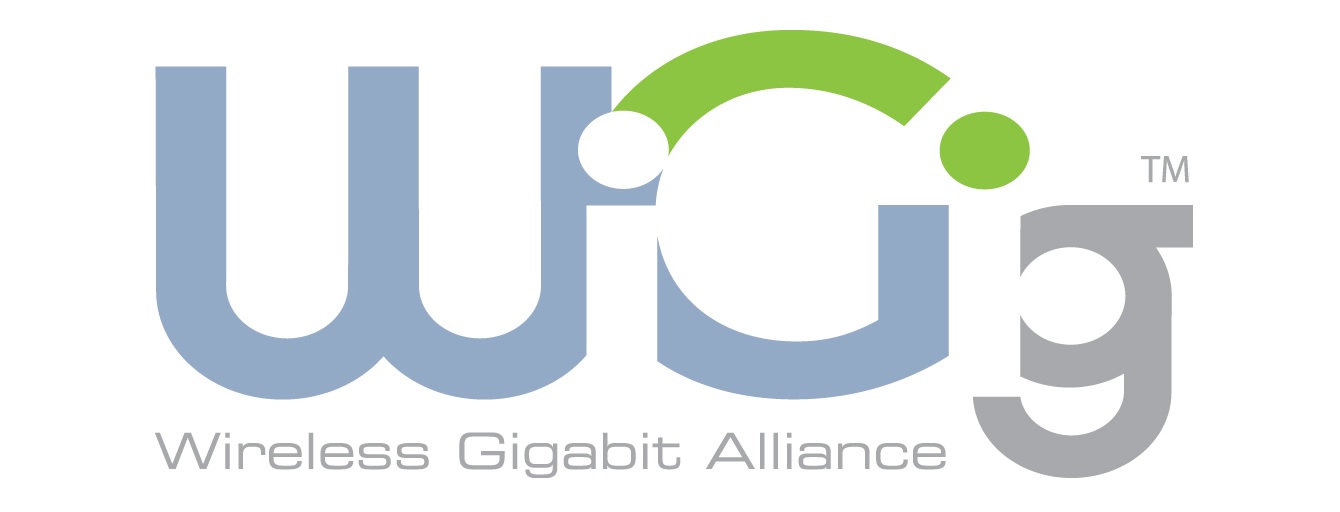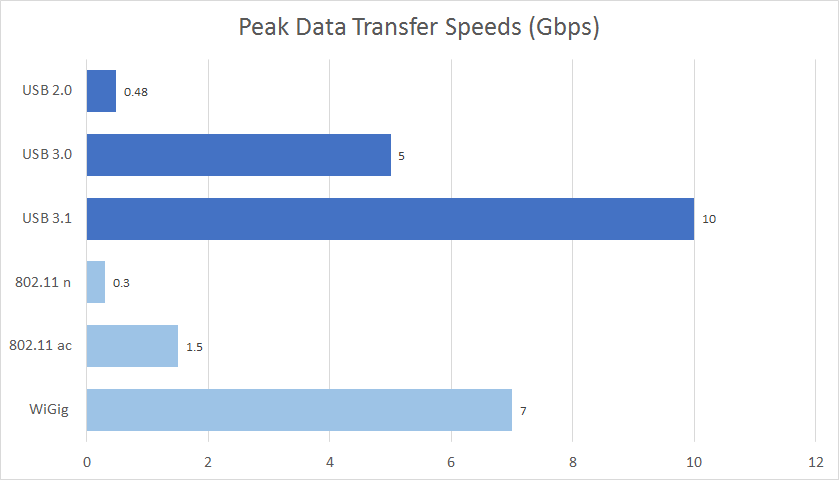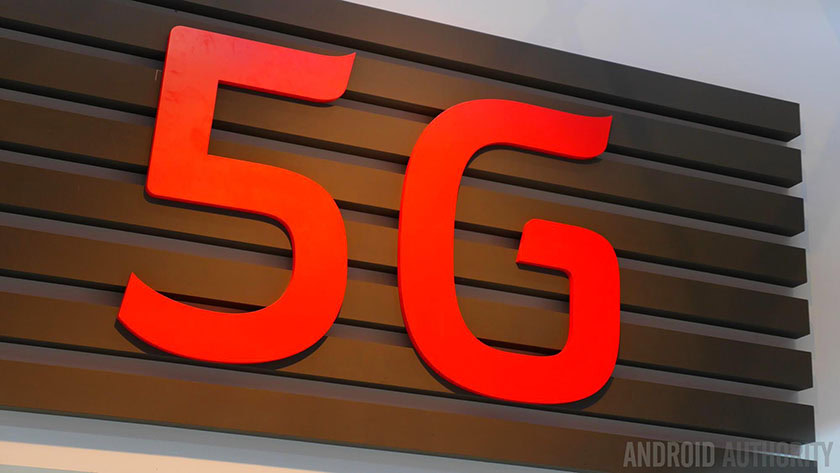Affiliate links on Android Authority may earn us a commission. Learn more.
WiGig devices are here: what you need to know

If you have money to burn, SIRIN LABS Labs has just stuck its completely overpriced $14,000 Solarin smartphone up for sale. While most of the hardware is quite typical of a modern flagship, albeit with a slightly older Snapdragon 810 processor, there is one rather interesting inclusion being touted by the company – Qualcomm’s X10 LTE modem with WiGig communication technology.
WiGig isn’t broadly supported in the technology industry quite yet, but the promise of multi-gigabit per second data transfer speeds over the air is tough to ignore. So here is everything that you need to know about the up and coming wireless technology.
WiGig is being actively promoted by the Wireless Gigabit Alliance, a trade association that comprises a number of notable names in the technology industry, including Samsung, Nokia, MediaTek, HUAWEI, Microsoft, Intel, and many others. In March 2013, the WiGig and Wi-Fi Alliance consolidated their groups with the aim of certifying future products and devices that poses both Wi-Fi and WiGig capabilities.
The core WiGig technology is based on the IEEE 802.11ad wireless specification, which supports data transfer speeds of up to 7 Gbps by operating at a very high 60 GHz frequency, rather than the 2.4 or 5 GHz bands of your typical Wi-Fi router. This results in a speed that’s more than twenty times faster than the highest 802.11n connection rate. The X10 LTE modem in the Solarin only supports data rates up to 1.5 Gbps, but that’s still up to three times faster than a physical USB 2.0 interface.


The downside of operating at such a high frequency is that the transmission distances are shorter and the waveforms lack the power to penetrate walls and other moderately dense materials. WiGig’s range is typically limited to around 30 feet (9 meters), hence the decision to push modems to support both WiGig and existing Wi-Fi technologies at once. Devices can automatically switch between bands to provide the best of both worlds. That being said, 30 or so feet is still more than enough distance to cover even large living rooms in an ultra-high speed wireless connection.
With data speeds reaching 7 Gbps, WiGig opens up wireless transmissions to much more than just moving files between smart devices and computers. Real time audio and uncompressed video transmission is possible at these speeds, meaning that HDMI cables could be a thing of the past as even 4K display data can be beamed wirelessly over short distances. WiGig has already been used to create the Wireless DisplayPort interface. The group is also working with USB to create a Wireless USB standard that will enable devices to seamlessly connect up and transfer data over the air. Other potential uses include automatic fast wireless storage and backups, and almost instantaneous media content sharing between connect devices, ranging from smartphones to TVs and speakers. Intel has already worked this technology into its Wireless Docking technology, which automatically connects compatible wireless devices, including displays, on your desk up to one another.

The industry and consumers are still waiting on a much greater number of WiGig certified products to hit the market before it becomes a major selling point, but the foundations have been laid down. Modems and products that support the technology are slowly starting to hit the market, and you’ll almost certainly be hearing much more about WiGig in the coming months and years.